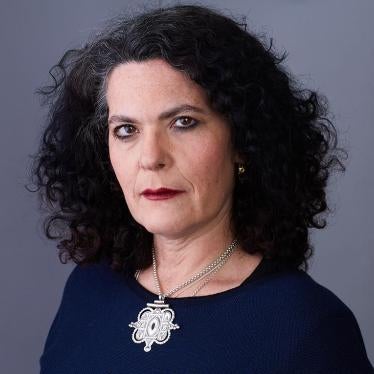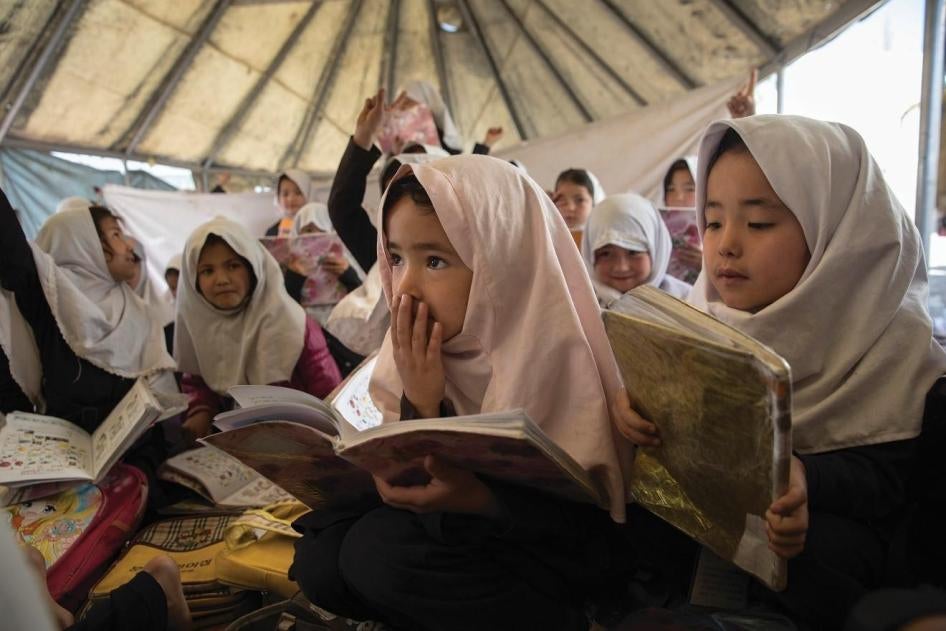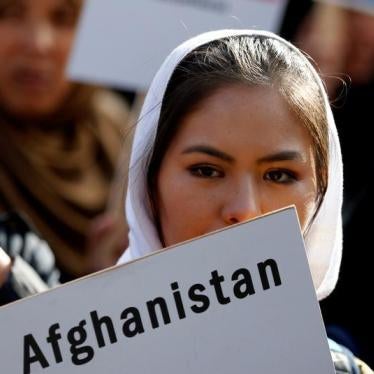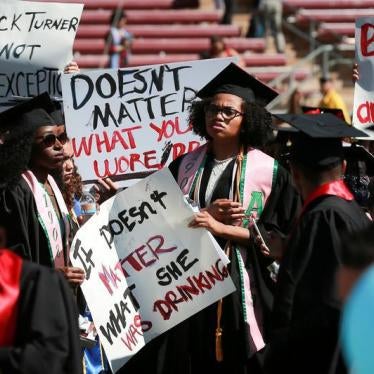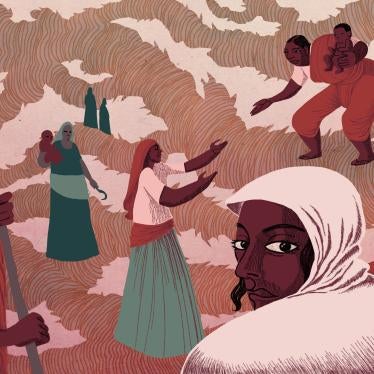This year was a remarkable one in terms of women’s rights. From the euphoria of the Women’s March to the pent-up trauma released by the #MeToo disclosures, 2017 has been a rollercoaster for activists – and for most women.
On Donald Trump’s first full day as US president on 20 January, women’s rights activists marched in unprecedented numbers in more than 70 countries. In October, allegations of a long record of sexual harassment and violence on the part of the Hollywood producer Harvey Weinstein set off a flood of similar allegations against other prominent men across the globe, toppling dozens by the end of the year. Women worldwide are fed up and that frustration was on display in ways that felt unusually visible and global.
But if the legacy of 2017 is to be more than a warm glow and a pussy hat, 2018 needs to deliver concrete, sustained change. Activists must harness the energy of the marches and #MeToo, connecting the struggles of women and girls internationally and creating change despite women’s rights often feeling increasingly under siege.
This year also brought plenty of bad news for women. The World Economic Forum declared that the “global gender gap”– the gap between the status of women and men on four key indicators: health, education, politics and the workplace – worsened, with growing inequality in economic participation a particular problem. This is the first time the gap has widened since tracking began in 2006. In 2016, the forum predicted that it would take 83 years to close the gender gap; now it estimates 100 years. It said: “Even though qualified women are coming out of the education system, many industries are failing to hire, retain and promote them.”
In education, new data from Unicef showed that in countries affected by conflict, girls are 2.5 times more likely to be out of school as boys. In South Sudan, 76% of girls are not studying; in Afghanistan and Chad, the rates are 55% and 53%.
Writing this in Yangon, Myanmar, where I’m investigating trafficking of women, I’m painfully aware of how conflict targets women and girls. Human Rights Watch has documented in excruciating detail how the Burmese military has been using rape as part of a campaign of ethnic cleansing against the Rohingya, attacks that were widespread and aimed at terrorising people so severely that they would never return home. Sexual violence against women and girls featured in numerous other conflicts, including in the Central African Republic and Democratic Republic of the Congo.
In health, reproductive choice is under attack. Access to family planning services is also directly linked to education, politics and the workplace, since women with control over their fertility are more likely to attend school, to work and to participate in public life. Particularly harmful was the US government’s renewed and expanded imposition of the “global gag rule”, which bans recipients of billions of US aid dollars from even discussing abortion with patients or legislators. This rule is already having devastating consequences as service providers who choose not to comply are forced to shut services as they lose funding. This policy will affect virtually every country that receives US development assistance. A number of other Some donor countries have worked to mitigate the harm of this policy, but the large scale of US aid funding means a huge hole remains.
To nurture the seeds of change sown in 2017, the women’s movement will need to find effective ways to embrace the problems of all women. Many have made the point that most of the attention generated by #MeToo has focused on elite workplaces and elite victims – the sense that many women who have come forward may risk losing a film role but won’t be left unable to feed their children. This response needs to be global, addressing the racial and economic divides that can deprive the movement of unity. Drawing connections and mutual support between a Rohingya rape survivor in Bangladesh and a groped intern in the UK parliament, an out-of-school girl in Tanzania and a woman denied access to abortion in Nicaragua will never be easy. Nevertheless, so many of our problems are faced in common.
Child marriage is a glaring example of an abuse that harms girls around the globe. About 15 million girls married as children this year – one every two seconds – in many countries, including Britain and the US as well as Bangladesh, Zimbabwe and Brazil. Married girls often leave school early, are more likely to live in poverty, are at greater risk of domestic violence and face more serious reproductive health risks, including death in childbirth, than women who marry as adults. Bangladesh, which has one of the highest rates of child marriage, regressed this year and made it again legal for children to marry. The UK government opposed legislation that would have ended child marriage. In the US this year, Texas and New York narrowed the circumstances under which children can marry, but child marriage is legal in all 50 US states; in 25 states, children of any age can marry under some circumstances.
In 2018, our movement will have to widen its scope. Sexual harassment, abuse and assault of women is commonplace in many industries and workplaces. #MeToo has triggered discussion about gender-based employment discrimination, both overt discrimination and the more insidious ways inequality excludes, marginalises and exploits women workers. Women know that sexual harassment, job discrimination, reproductive rights and violence against women are all connected – they see those connections all around them. We need reform in all those areas, in virtually every country.
The growing number of women running for office, including many in the US prompted to seek election by Trump’s victory, is a good sign. And female voters in every country can demand more gender-balanced cabinets, such as those appointed by Canada’s Justin Trudeau, South Korea’s Moon Jae-in and France’s Emmanuel Macron. Sweden has a “feminist foreign policy” and this year Canada pledged a feminist policy on overseas aid. They can be held to these policies, which could be models for all democracies. National action plans on women, peace and security offer a chance to focus global attention on the rights of women and girls affected by conflict.
Power concedes nothing without a demand, as the African American abolitionist and statesman Frederick Douglass said. Women communicated loud and clear in 2017 that they are fed up. Now they need to say exactly what they want and keep pressing those demands every day, in every country. The year 2017 was ferocious in terms of women’s rights; 2018 will be an even tougher fight.
